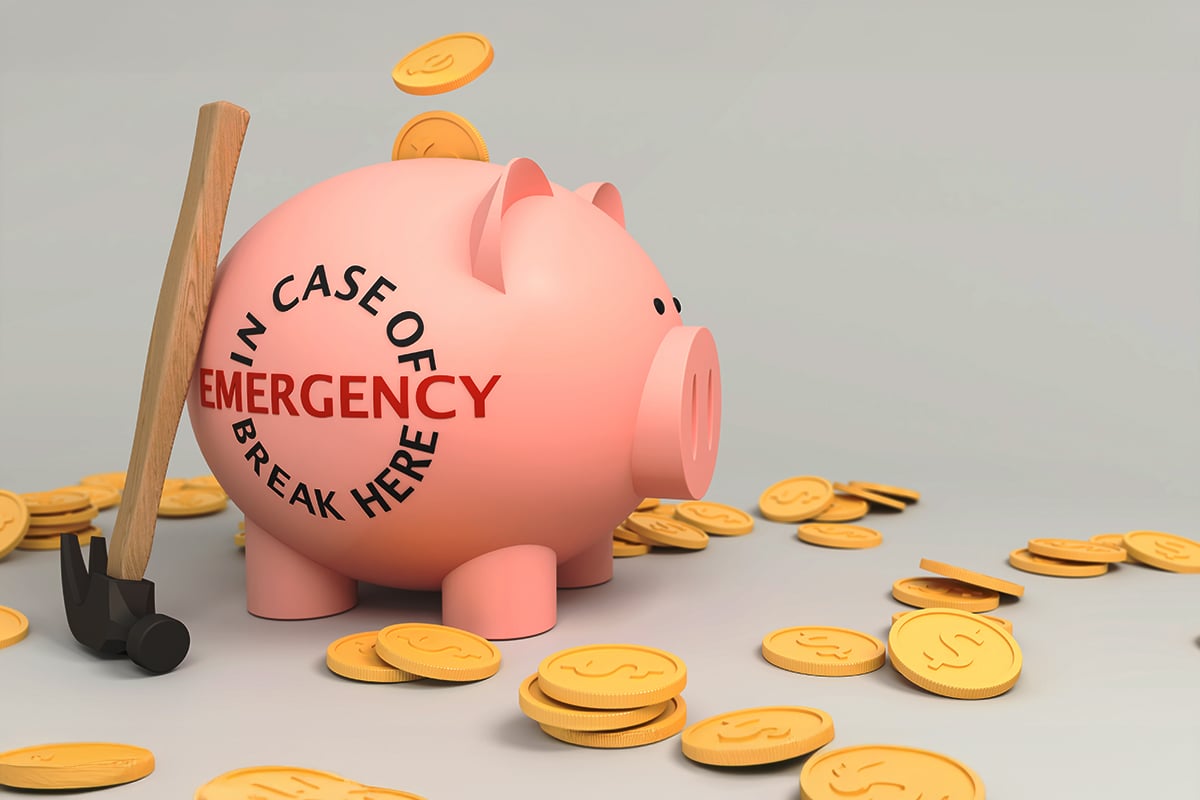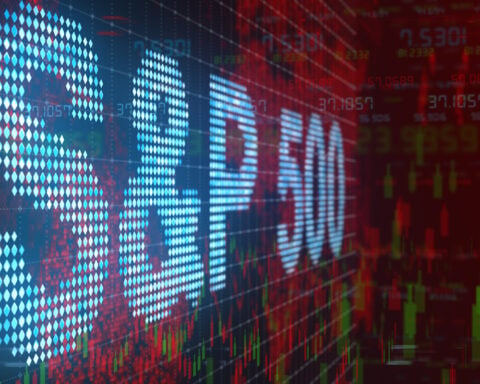In personal finance, most people focus on eliminating credit card debt or saving for retirement. While these goals are undeniably essential and can lead to long-term financial security, they might not be the most urgent. Instead, financial advisors frequently emphasize that setting up an emergency fund should be the top priority before tackling other financial objectives.
Why You Need an Emergency Fund
An emergency fund serves as a financial cushion, offering protection against unexpected expenses that can derail even the best-laid financial plans. Life is unpredictable, and unexpected costs can arise out of nowhere, whether it’s a car repair, a medical emergency, or a home appliance failure. These surprise expenses can quickly amount to hundreds or thousands of dollars. Without an emergency fund in place, such situations could force people to deviate from their budgets, halt regular savings, and potentially accumulate debt that may take years to pay off.
Having an emergency fund ensures that there is cash readily available to cover these unexpected costs. Typically, this money is kept in a high-yield savings account, where it can earn interest and remain accessible. The ideal size of an emergency fund varies depending on an individual’s lifestyle and personal circumstances, but most financial experts agree that everyone should have some form of emergency savings to provide a buffer against life’s financial surprises.
How Much Should You Save?
The first step in building an emergency fund is determining how much to save. A common guideline is to set aside enough to cover three to six months’ worth of living expenses. This range provides a safety net that can help manage expenses during periods of unemployment or other major disruptions. Some people might include all their costs, even non-essential ones like dining out or subscriptions, while others focus only on essential expenses like rent, groceries, and utilities.
For those with unstable job security or who anticipate a longer job search if unemployed, saving enough to cover six to 12 months of living expenses can offer additional peace of mind. This larger fund provides a more robust safety net, offering greater financial security during extended periods without income or significant life changes.
Creating a Savings Plan
After determining your target amount, the next step is to create a savings plan. Subtract any money you’ve already set aside for emergencies from your target to calculate how much more you need to save. Then, determine how much you can afford to contribute to your emergency fund each month. Larger monthly contributions will allow you to reach your goal faster but might require adjustments to your current spending.
Setting up automatic monthly transfers from your checking account can make saving easier and help you consistently build your emergency fund over time. Making saving an automatic part of your financial routine ensures that you remain committed to reaching your savings goal.
Finding the Right Account for Your Emergency Savings
Selecting the right account for your emergency savings is crucial. A high-yield savings account is often the best choice because it typically offers higher interest rates than traditional savings accounts and usually doesn’t come with maintenance fees. These accounts strike a good balance between accessibility and earning potential, allowing you to earn some interest on your savings while keeping the funds easily accessible for emergencies.
Keep in mind that many high-yield savings accounts are offered by online banks, which might not have physical branches or offer ATM access. In such cases, you may need to transfer funds to a checking account before accessing them, which could result in a short delay.
Regularly Review and Adjust
Building an emergency fund is an ongoing process, not a one-time task. It’s important to regularly review and adjust your savings goals to ensure your emergency fund remains adequate. Significant life changes, such as moving or having a child, can alter your financial needs. Reassessing your emergency fund annually or after major life events helps ensure that it still aligns with your current situation.
By focusing on creating and maintaining an emergency fund, you can build a solid financial foundation, making you better equipped to handle whatever unexpected events life throws your way.







